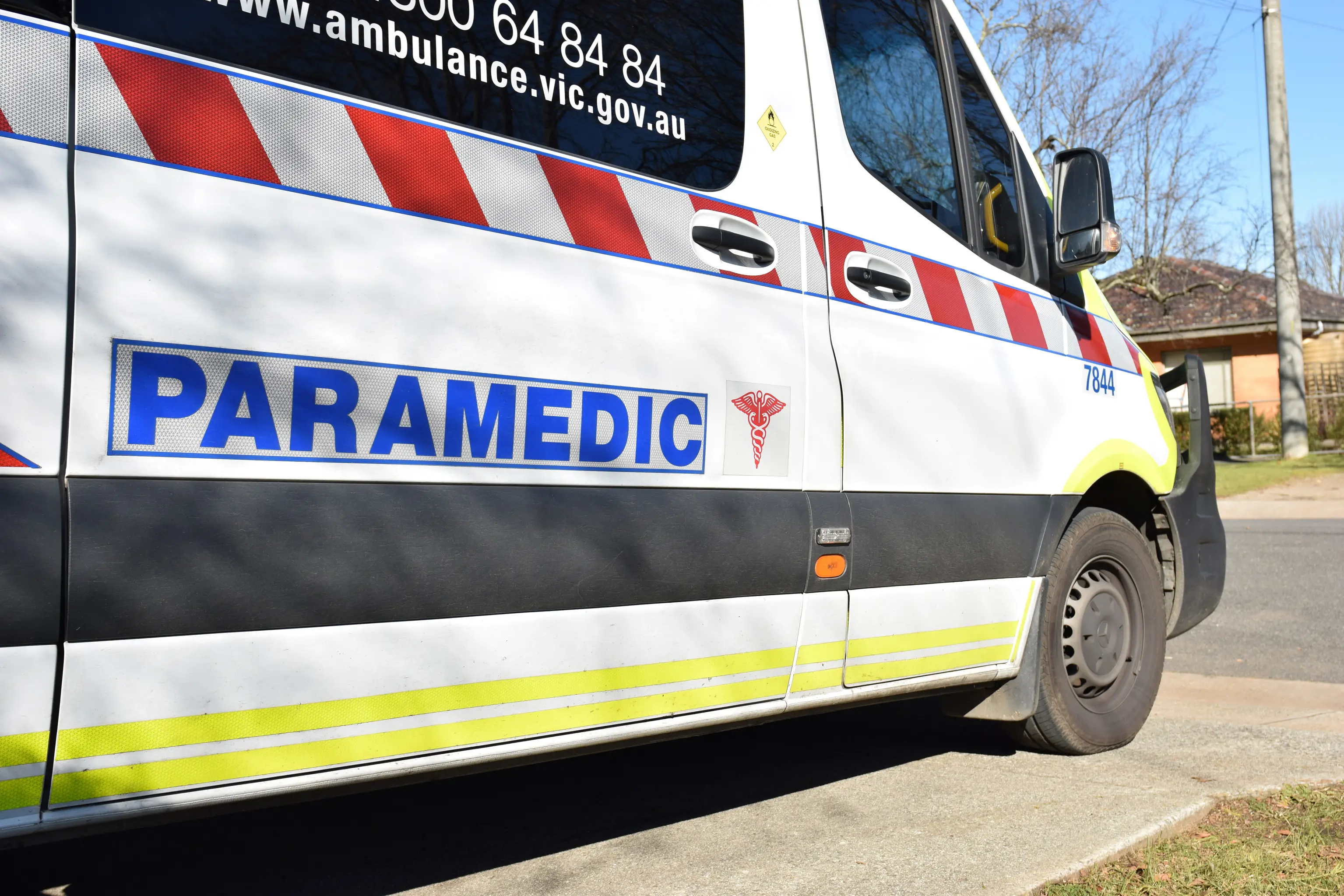PHOTO
55968.0
Wangaratta’s critical emergency response times have taken a slight dip in performance with an increase on average response times.
According to Ambulance Victoria’s latest data, paramedics attended to lights and sirens responses within the rural city at an average time of 15:37 minutes, just over the state benchmark of 15 minutes.
This was an increase of 29 seconds on the previous quarter and 1:06 minutes longer than the same time last year.
The rate of responses within the state benchmark of 15 minutes also dropped to 69 per cent after sitting at 71.5pc last quarter and at the same time last year.
The percentage of responses within 15 minutes still sits above the state average which is 64.1pc.
A total of 590 callouts were received within the 1 July to 30 September time frame in Wangaratta, as Ambulance Victoria faced a record-breaking winter with demand for critical emergency care across the state.
Out of 451 code one incidents within the Wangaratta city, paramedics responded in an average of 12:55 minutes, with 83.1pc of incidents reached within 15 minutes.
Across the North East, Indigo Shire remains as one of the longest average code one response times, blowing out by 35 seconds to average 25:52 minutes.
Their 23.7pc of 177 responses within 15 minutes is the worst in the state.
Alpine Shire response times increased by almost a minute as their responses within 15 minutes dropped to below 40pc.
Strathbogie (23:28 minutes), Moira (19:17 minutes) and Wodonga (14:17 minutes) also experienced an increase in average response times compared to the previous quarter, while Mansfield (24:58 minutes) and Benalla (17:36 minutes) saw improvement, with Benalla cutting almost two minutes off their average response time.
Acting Hume regional director Paul James said the support of the community can help save lives.
“Our paramedics are focused on reaching the sickest patients first — but every day, about one in five calls to Triple Zero (000) do not need an emergency ambulance response,” he said.
“Getting the right care fast can make all the difference and means more paramedics are on the road for people who need our urgent lifesaving care the most.
“There are many options people can access when they need timely medical care and health advice, at any time of the night or day – but not an emergency ambulance or calling Triple Zero (000), including the Victorian Virtual Emergency Department (VVED), Urgent Care Clinics, Nurse-on-Call, GPs and pharmacists.”
Ambulance Victoria acting executive director regional operations Michael Georgiou said AV is working closely with hospitals, emergency services and government partners to keep patients moving through the system as quickly as possible and get ambulances back on the road sooner.
“The Standards for Safe and Timely Ambulance and Emergency Care are already making a difference transferring patients into hospital care in a consistent, safe and timely way,” Mr Georgiou said.
“As part of this work, our crews have made steady improvements to improve our hospital clearing times and return to the community faster. Every small improvement – from more efficient handovers to quicker clearing times – adds up to better care for all Victorians.”





